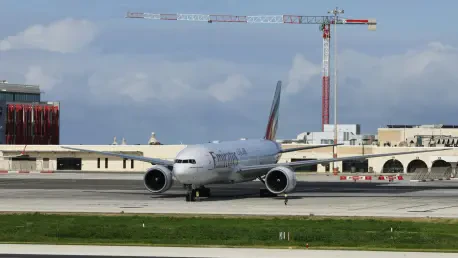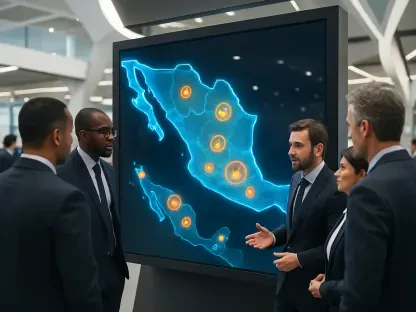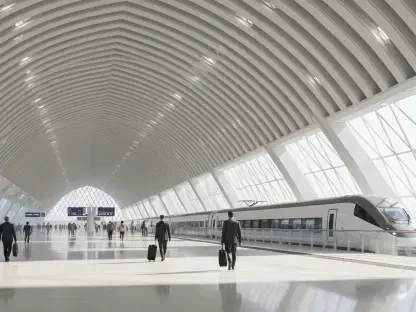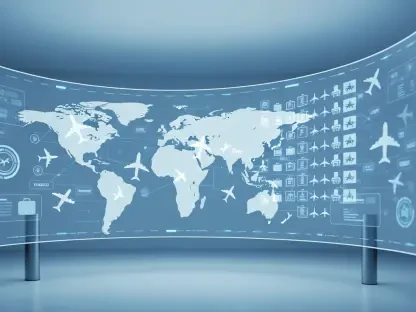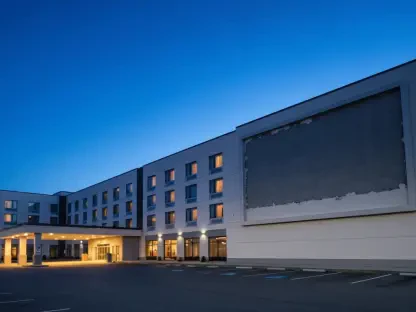Growing air connectivity between the United States and Brazil has initiated a transformative effect on trade, travel, and investment realms, reflecting a robust demand for transcontinental journeys. Initiatives like GOL Linhas Aéreas’ direct route from Miami to Belém and the expansion of other key connections highlight this trend. The announcement of an expanded flight service from Miami to Belém aligns significantly with Belém’s forthcoming role as the host city for the 30th United Nations Climate Change Conference, COP30, this year. As preparations for the global gathering ramp up, investments aimed at strengthening Belém’s infrastructure underscore the city’s rise in international prominence. This development is part of a substantial rise in air travel between the US and Brazil, with over 200 weekly flights now bridging these two economies—an indicator of compelling demand and escalating cooperation across tourism and commerce. Notably, the US is a principal market driving Brazil’s international tourism sector and has been vital in supporting this growth trajectory.
Expanding Air Routes and Economic Impact
The strengthening network of air connections has far-reaching implications for Brazil’s economic and tourism prospects. Recent expansions include Azul’s strategic routes from Fort Lauderdale to Belém and flights originating in Orlando directed at Belo Horizonte, showcasing a multifaceted approach to improving accessibility. Such expansion is indicative of deeper partnerships in tourism and trade, with more than 200 weekly flights currently enabling better connectivity between the two nations—a marked increase from pre-pandemic scheduling. The inflow of international tourists into Brazil experienced a significant 49.7% surge from January to May of this year compared to the previous year’s records, highlighting a recovering tourism industry and an invigorated economy. Acclaimed tourist centers, specifically Rio de Janeiro, drew over a million global visitors recently, bolstered by high-profile events such as marquee concerts on the iconic Copacabana Beach—a testament to Brazil’s appeal and readiness to host large-scale activities. Such efforts not only reinforce Brazil’s image as a top-tier destination but also amplify the ripple effect of tourism on other sectors.
The influx of travelers propels Brazil’s prominence as a thriving hub for tourism and international investments, underscoring its potential as a prime destination for both leisure and business. Bolstered by an 88% increase in foreign direct investment in Brazil’s tourism domain, with investments reaching $81 million, broader fiscal engagements are visible within the transport, culture, and leisure arenas. In the previous year, Brazil attracted nearly BRL 400 billion in FDI, marking it as the second-largest global recipient after the United States. As air routes continue to expand, there is a corresponding boost in job creation, regional development, and enhanced tourism receipts—critical factors that strengthen Brazil’s economic framework. Insights from Marcelo Freixo, President of Embratur, highlight that Brazil anticipates a remarkable 50% rise in international arrivals, diverging from the global trend of 3%-5% growth. This scenario underscores the successful endeavors to enhance connectivity and promote diverse tourist destinations, positioning Brazil as an enticing travel and investment nucleus.
Initiatives to Sustain Growth in Tourism and Investment
Increasing air connectivity between the US and Brazil is transforming trade, travel, and investment opportunities, reflecting strong demand for transcontinental journeys. Notable initiatives such as GOL Linhas Aéreas’ direct flights from Miami to Belém, along with the expansion of other key connections, emphasize this trend. The expanded flight service between Miami and Belém is particularly timely, as Belém gears up to host the 30th United Nations Climate Change Conference, COP30, later this year. With preparations underway for this global event, investments in Belém’s infrastructure are helping elevate the city on the international stage. This development is part of a broader surge in air travel between the US and Brazil, characterized by over 200 weekly flights linking these two economies. This surge is a testament to strong demand and growing cooperation in tourism and commerce. Significantly, the US is a leading market fueling Brazil’s international tourism sector, playing a crucial role in this upward trend.
